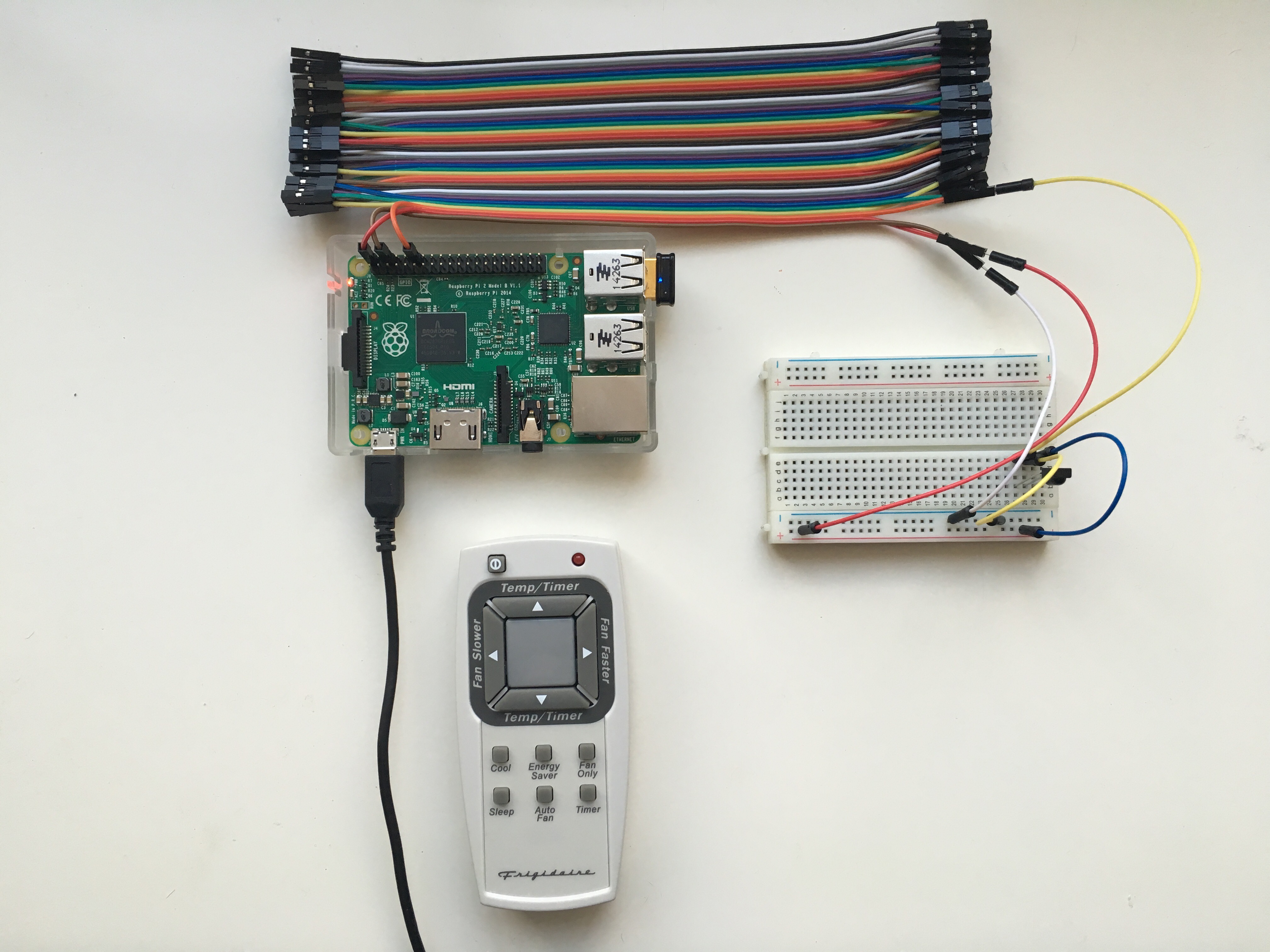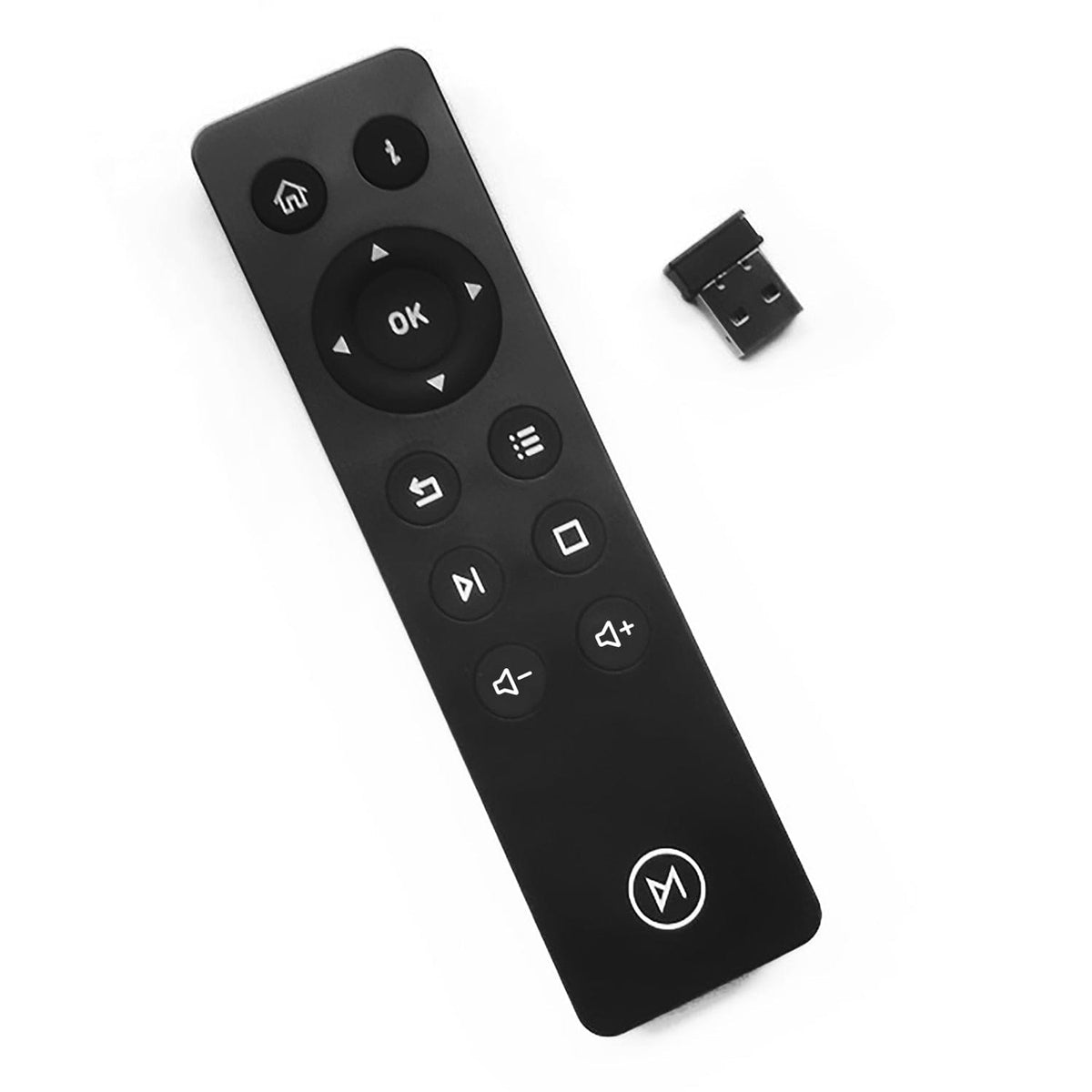Raspberry Pi Remote: The Ultimate Guide To Control Your Smart Home And More
Hey there, tech enthusiasts! If you've ever wondered how to turn your Raspberry Pi into a remote control powerhouse, you're in the right place. Raspberry Pi remote technology has revolutionized the way we interact with smart devices, and today we'll dive deep into everything you need to know. Whether you're a beginner or a seasoned pro, this guide will help you harness the full potential of your Raspberry Pi as a remote control.
Imagine controlling your TV, streaming media, managing home automation, or even monitoring your security system—all with a tiny yet powerful device. The Raspberry Pi remote setup opens up endless possibilities, and it's easier than you think. In this article, we'll break down the process step by step so you can get started without any hassle.
From setting up your Raspberry Pi to integrating it with various smart devices, we'll cover everything you need to know. Let's explore how this versatile little board can become the heart of your smart home ecosystem. So grab your Raspberry Pi, and let's get started!
- Adity Mistry Latest Live Your Ultimate Guide To The Rising Star
- Adity Mistry Latest Live Video All You Need To Know
What is Raspberry Pi Remote and Why Should You Care?
Raspberry Pi remote technology allows you to control a wide range of devices and systems using a Raspberry Pi board. This small but mighty device can act as a central hub for managing everything from lighting to entertainment systems. With the right setup, you can turn your Raspberry Pi into a universal remote control that simplifies your daily life.
Here are some reasons why you should consider using Raspberry Pi as a remote:
- Cost-Effective: Raspberry Pi is an affordable solution compared to commercial remote control systems.
- Customizable: You can tailor your setup to fit your specific needs and preferences.
- Expandable: Add new devices and functionalities as your smart home grows.
- Learning Opportunity: Working with Raspberry Pi is a great way to enhance your tech skills.
Whether you're looking to streamline your smart home or just want to geek out on a fun project, Raspberry Pi remote technology offers endless possibilities.
- Aditi Hot Live Unveiling The Phenomenon Thats Got Everyone Talking
- Aditi Mistry Hot Live Video The Untold Story Behind The Viral Sensation
Setting Up Your Raspberry Pi for Remote Control
Before diving into the world of Raspberry Pi remote control, you'll need to set up your device properly. Here's a quick guide to get you started:
Step 1: Gather Your Materials
To set up your Raspberry Pi for remote control, you'll need the following items:
- Raspberry Pi board (any model will work, but newer models have better performance).
- MicroSD card with Raspberry Pi OS installed.
- Power supply compatible with your Raspberry Pi model.
- USB keyboard and mouse (optional).
- HDMI monitor or TV (optional).
- Internet connection for software updates and installations.
Having the right tools makes the process smoother and more efficient.
Step 2: Install Necessary Software
Once your Raspberry Pi is set up, you'll need to install the software that will enable remote control functionality. Here are the key steps:
- Update your Raspberry Pi OS by running
sudo apt updateandsudo apt upgrade. - Install LIRC (Linux Infrared Remote Control) by running
sudo apt install lirc. - Configure LIRC to work with your specific remote control hardware.
These steps lay the foundation for your Raspberry Pi remote setup.
Choosing the Right Hardware for Raspberry Pi Remote
Selecting the right hardware is crucial for a successful Raspberry Pi remote setup. Here are some popular options:
IR Blaster Modules
IR blaster modules allow your Raspberry Pi to send infrared signals to control devices like TVs and home theater systems. These modules are easy to install and widely available.
RF Modules
For devices that use radio frequency (RF) signals, RF modules are the way to go. They enable long-range control and are perfect for outdoor devices.
Wi-Fi and Bluetooth Adapters
If you're working with smart devices that connect via Wi-Fi or Bluetooth, make sure your Raspberry Pi has the necessary adapters. Most modern Raspberry Pi models come with built-in Wi-Fi and Bluetooth capabilities.
Choosing the right hardware depends on the devices you want to control and your specific use case.
Configuring Your Raspberry Pi Remote
With your hardware in place, it's time to configure your Raspberry Pi remote. Here's how you can do it:
Step 1: Identify Your Devices
Make a list of all the devices you want to control using your Raspberry Pi remote. This will help you plan your setup and choose the right software and hardware components.
Step 2: Install Device-Specific Software
Depending on the devices you're controlling, you may need to install additional software. For example, if you're controlling a smart TV, you might need to install the manufacturer's app on your Raspberry Pi.
Step 3: Test Your Setup
Once everything is installed and configured, test your Raspberry Pi remote setup to ensure everything works as expected. Make adjustments as needed to optimize performance.
Proper configuration ensures a seamless user experience and maximizes the potential of your Raspberry Pi remote.
Integrating Raspberry Pi Remote with Smart Home Systems
One of the most exciting applications of Raspberry Pi remote technology is integrating it with smart home systems. Here's how you can do it:
Home Assistant
Home Assistant is a popular open-source platform for managing smart home devices. By connecting your Raspberry Pi to Home Assistant, you can create a centralized control system for your entire smart home.
IFTTT Integration
IFTTT (If This Then That) allows you to create custom automation rules for your smart devices. Combine Raspberry Pi remote with IFTTT to create powerful automation workflows.
Custom Scripts
If you're comfortable with coding, you can write custom scripts to automate specific tasks and enhance the functionality of your Raspberry Pi remote.
Integrating Raspberry Pi remote with smart home systems takes your setup to the next level, offering unparalleled convenience and control.
Best Practices for Raspberry Pi Remote
To get the most out of your Raspberry Pi remote setup, follow these best practices:
- Regular Updates: Keep your Raspberry Pi OS and all installed software up to date to ensure optimal performance and security.
- Backup Your Data: Regularly back up your configuration files and important data to prevent data loss.
- Secure Your Setup: Use strong passwords and enable SSH only when necessary to protect your Raspberry Pi from unauthorized access.
Following these best practices will help you maintain a reliable and secure Raspberry Pi remote setup.
Common Issues and Troubleshooting
Even with careful planning, issues can arise when setting up your Raspberry Pi remote. Here are some common problems and how to fix them:
Device Not Responding
If your device isn't responding to the Raspberry Pi remote, check the following:
- Ensure the IR blaster or RF module is properly connected.
- Verify that the correct software is installed and configured.
- Test the device with a different remote control to rule out hardware issues.
Connection Issues
For Wi-Fi or Bluetooth devices, connection issues can be frustrating. Here's how to troubleshoot:
- Restart your Raspberry Pi and the target device.
- Check your network settings and ensure both devices are on the same network.
- Update your Wi-Fi or Bluetooth drivers if necessary.
Addressing these issues promptly ensures a smooth and hassle-free experience.
Future Trends in Raspberry Pi Remote Technology
The world of Raspberry Pi remote technology is constantly evolving. Here are some trends to watch out for:
- AI Integration: As AI becomes more accessible, we can expect Raspberry Pi remote setups to incorporate advanced features like voice recognition and predictive automation.
- IoT Expansion: The Internet of Things continues to grow, offering more opportunities for Raspberry Pi to interact with a wider range of smart devices.
- Energy Efficiency: Future Raspberry Pi models may focus on improving energy efficiency, making them even more suitable for remote control applications.
Staying informed about these trends will help you make the most of your Raspberry Pi remote setup.
Conclusion
In conclusion, Raspberry Pi remote technology offers a powerful and flexible solution for controlling smart devices and managing your home automation system. By following the steps outlined in this guide, you can set up a reliable and efficient Raspberry Pi remote setup that meets your needs.
We encourage you to share your experiences and tips in the comments section below. Whether you're a seasoned Raspberry Pi enthusiast or just getting started, your input can help others in the community. And don't forget to explore our other articles for more tips and tricks on all things tech!
Table of Contents
- What is Raspberry Pi Remote and Why Should You Care?
- Setting Up Your Raspberry Pi for Remote Control
- Choosing the Right Hardware for Raspberry Pi Remote
- Configuring Your Raspberry Pi Remote
- Integrating Raspberry Pi Remote with Smart Home Systems
- Best Practices for Raspberry Pi Remote
- Common Issues and Troubleshooting
- Future Trends in Raspberry Pi Remote Technology
- Conclusion

Raspberry Pi Remote

How to Configure Remote Desktop on Raspberry Pi? TechSphinx

Raspberry Pi Remote Controls The Pi Hut